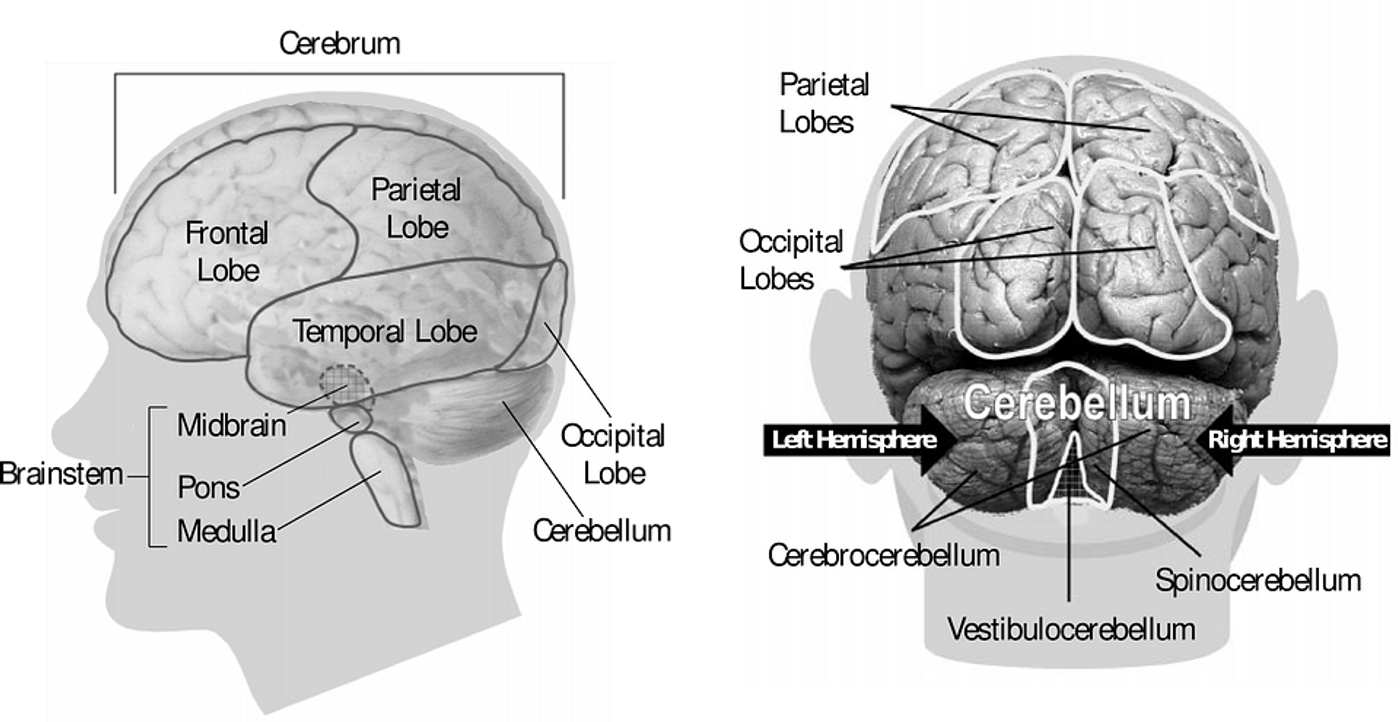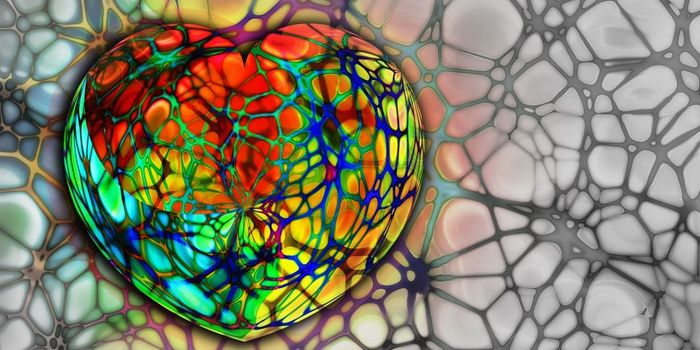Human and Neandertal Brains are Similar in their Capacity to Learn
The age-old question in anthropology asks: what makes us human? Some say tool use (but see this), and others argue that it is our brains, referring to the size and cognitive ability. But what if there is more to it?
A new study published in Nature Ecology and Evolution argues that the way the different parts of the brain—the cerebral cortex comprised of the frontal, parietal, temporal, and occipital lobes, and the cerebellum—may also play a role in what makes us human. The study was led by Gabriele Sansalone from the University of New England in Australia and investigated the notion that different cortical areas evolved independently from each other to develop unique, functional specializations. But, more recent studies suggest that there may be some integration between these areas, which could result in highly specialized brain functions.
As such, the researchers used 3D geometric morphometric methods—or the measurement of a given object in abstract space to produce X, Y, and Z coordinates for later statistical analysis—to analyze brain shape in primates. Brain shape was studied using endocasts, or the 3D representative space of the brain within the skull.
Results suggested that modern humans retain high levels of covariation between the cortical areas into adulthood. In other words, this means that the different cortical areas (the areas of the brain located in the cerebral cortex, like the motor cortex associated with movement or the prefrontal cortex associated with problem-solving, emotion, and thought) are related and integrated. The fact that the high levels of covariation lasts into adulthood is unique among humans; in non-human primates, the higher covariation levels are only found in juveniles.
However, the most interesting result came from the analysis of modern human and Neandertal endocasts. Results show that the strong covariation between different cortical areas happened in both modern humans and Neandertals, suggesting that an integrated brain evolved in both species. As such, these results support the idea that high covariation in the brain might have played a large role in the evolution of both species—including the evolution of cognitive capabilities and complex behaviors.
These findings mean that humans and Neandertals are—once again—more unique than had been previously thought. Human (and Neandertal) brains are not just bigger than those of other primates but are more complex and deeply integrated, lasting through adulthood. Developmental biology tells us that there is a greater capacity for learning in juveniles. Still, if humans retain these high levels of covariance into adulthood, that means we can also learn as adults. The same goes for Neandertals, which means the line between what it means to be human and what it means to be Neandertal is becoming harder to see.
Sources: Literary Hub, Labroots, Nature Ecology and Evolution, LiveScience









